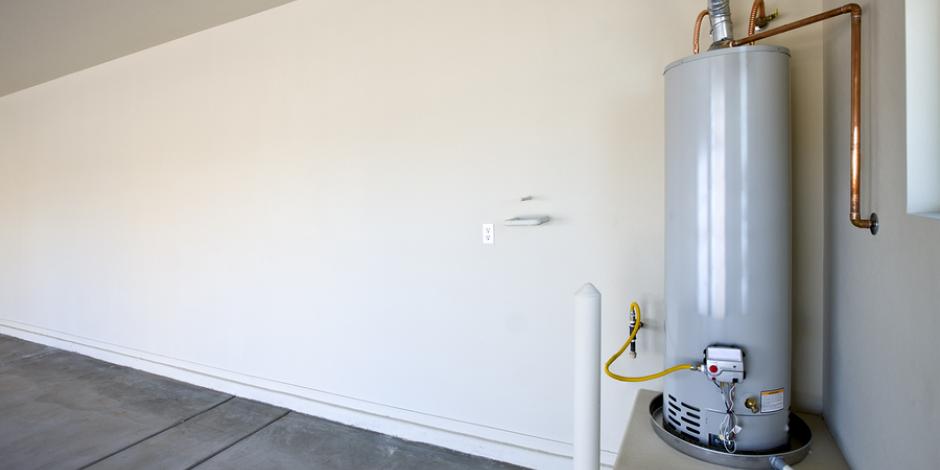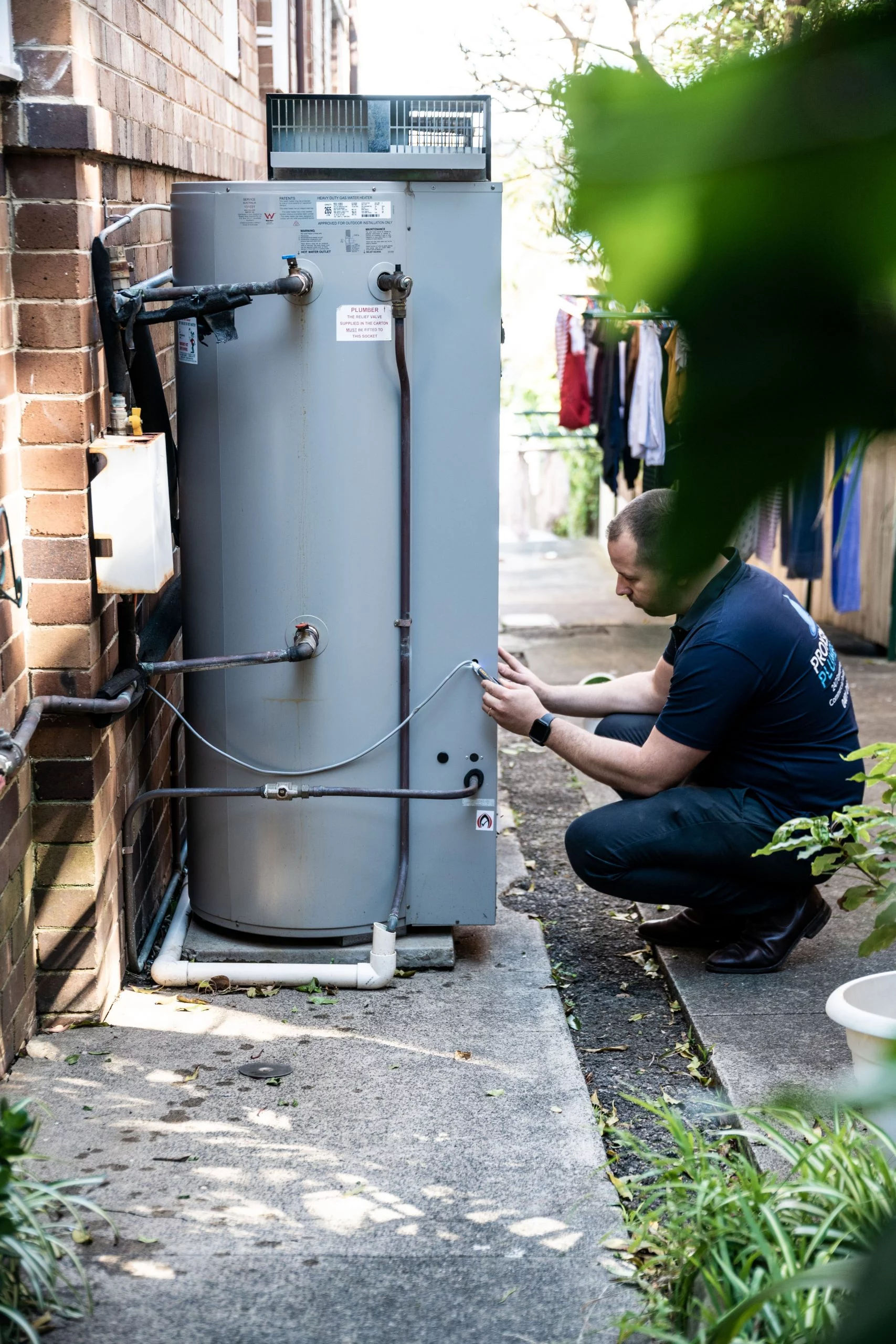We've discovered this post involving How to Maintain a Hot Water Heater in a Few Simple Steps directly below on the internet and figured it made perfect sense to write about it with you in this article.

Warm water is important for day-to-day convenience, whether it's for a rejuvenating shower or cleaning recipes. To guarantee your hot water system runs effectively and lasts much longer, normal upkeep is key. This short article gives practical tips and insights on just how to keep your home's hot water system to prevent interruptions and expensive fixings.
Intro
Maintaining your home's hot water system may appear daunting, yet with a few easy steps, you can ensure it operates efficiently for several years ahead. This overview covers everything from understanding your hot water system to do it yourself upkeep pointers and recognizing when to call in professional help.
Significance of Maintaining Your Hot Water System
Routine maintenance not only prolongs the life expectancy of your warm water system yet additionally guarantees it runs successfully. Disregarding upkeep can lead to decreased efficiency, higher energy bills, and even premature failure of the system.
Indications Your Hot Water System Requirements Upkeep
Recognizing when your hot water system needs attention can avoid significant concerns. Keep an eye out for indications such as irregular water temperature, strange noises from the heating system, or corroded water.
Recognizing Your Warm Water System
Prior to diving right into maintenance tasks, it's useful to understand the fundamental elements of your hot water system. Usually, this includes the water heater itself, pipes, anode poles, and temperature level controls.
Regular Monthly Maintenance Tasks
Regular monthly checks can aid capture small concerns prior to they intensify.
Flushing the Water Heater
Purging your hot water heater eliminates sediment buildup, enhancing effectiveness and prolonging its life.
Monitoring and Changing Anode Rods
Anode rods prevent deterioration inside the container. Checking and changing them when worn is important.
Checking and Adjusting Temperature Level Settings
Adjusting the temperature level setups guarantees optimal efficiency and security.
DIY Tips for Upkeep
You can carry out several upkeep tasks on your own to maintain your hot water system in leading condition.
Checking for Leakages
Frequently inspect pipelines and connections for leakages, as these can cause water damage and greater expenses.
Testing Stress Relief Valves
Examining the pressure safety valve ensures it functions properly and prevents too much pressure build-up.
Protecting Pipelines
Protecting hot water pipelines reduces heat loss and can conserve energy.
When to Call a Specialist
While DIY upkeep is advantageous, some concerns need specialist knowledge.
Facility Problems Calling For Expert Aid
Examples consist of major leaks, electric problems, or if your hot water heater is consistently underperforming.
Regular Professional Maintenance Conveniences
Professional maintenance can consist of comprehensive evaluations, tune-ups, and making certain conformity with safety requirements.
Verdict
Regular upkeep of your home's warm water system is important for performance, long life, and cost savings. By adhering to these tips and understanding when to look for professional help, you can make sure a reliable supply of hot water without unforeseen disturbances.
How to Maintain an Instant Hot Water Heater
Before tinkering with your hot water heater, make sure that it’s not powered on. You also have to turn off the main circuit breaker and shut off the main gas line to prevent accidents. Also turn off the water valves connected to your unit to prevent water from flowing into and out of the appliance. 2. When you’re done, you have to detach the purge valves’ caps. These look like the letter “T†and are situated on either side of the water valves. Doing so will release any pressure that has accumulated inside the valves while at the same time avoid hot water from shooting out and burning your skin. 3. When the purge valves’ caps are removed, you have to connect your hosing lines to the valves. Your unit should have come with three hoses but if it didn’t, you can purchase these things from any hardware or home repair shops. You can also get them from retail stores that sell water heating systems. Read the user’s manual and follow it to complete this task properly. When the hosing lines are connected, open the purge port’s valves. 4. You should never use harsh chemical cleaners or solutions when cleaning your unit. Make use of white vinegar instead. It should be undiluted and you’ll probably use about 2 gallons. 5. Now flush your water heater. This task should probably take about 40 minutes. We can’t give you specific directions for this because the procedure is carried out depending on the type, model and brand of your heater. With that being said, refer to the user’s manual. 6. When you’re done draining the unit, you have to turn off the purge port valves again. Remove the hosing lines that you earlier installed on each of the water valves. Put the valve caps (purge port) back in their respective places and be very careful so as not to damage the rubber discs that are found inside these caps. 7. Now that everything’s back in place, check your user’s manual again to find out how to reactivate your water heating system. 8. Once it is working, turn one of your hot water faucets on just to let air pass through the heater’s water supply pipes. Leave the tap on until water flows smoothly out of it. https://www.orrplumbing.com/blog/2014/september/how-to-maintain-an-instant-hot-water-heater/

Hopefully you liked our part about How to Maintain Your Water Heater & Prolong its Life. Thank you so much for taking time to read our article post. Don't hesitate to pause to promote this blog posting if you liked it. Thank you for being here. Come back soon.
Further Details